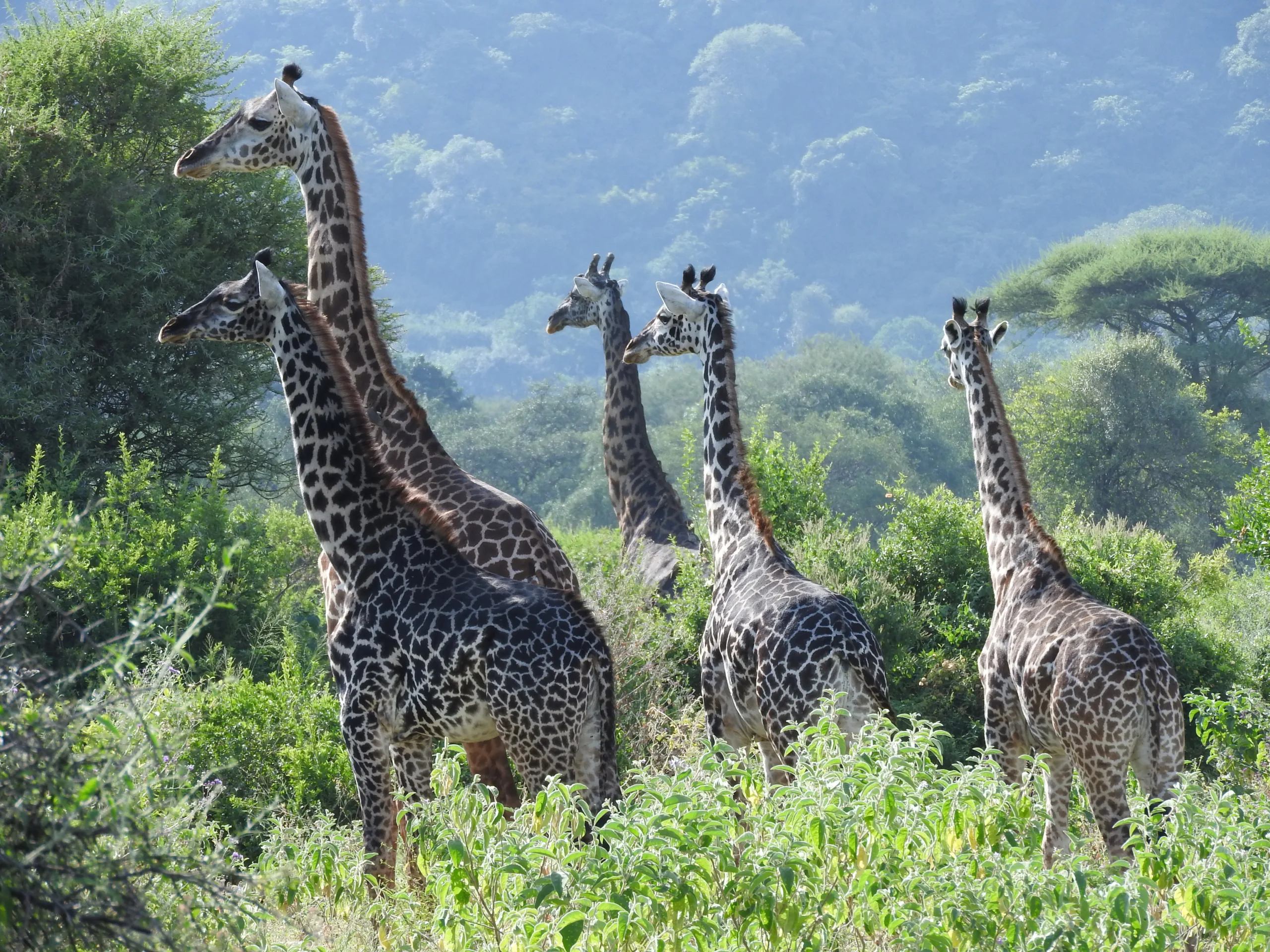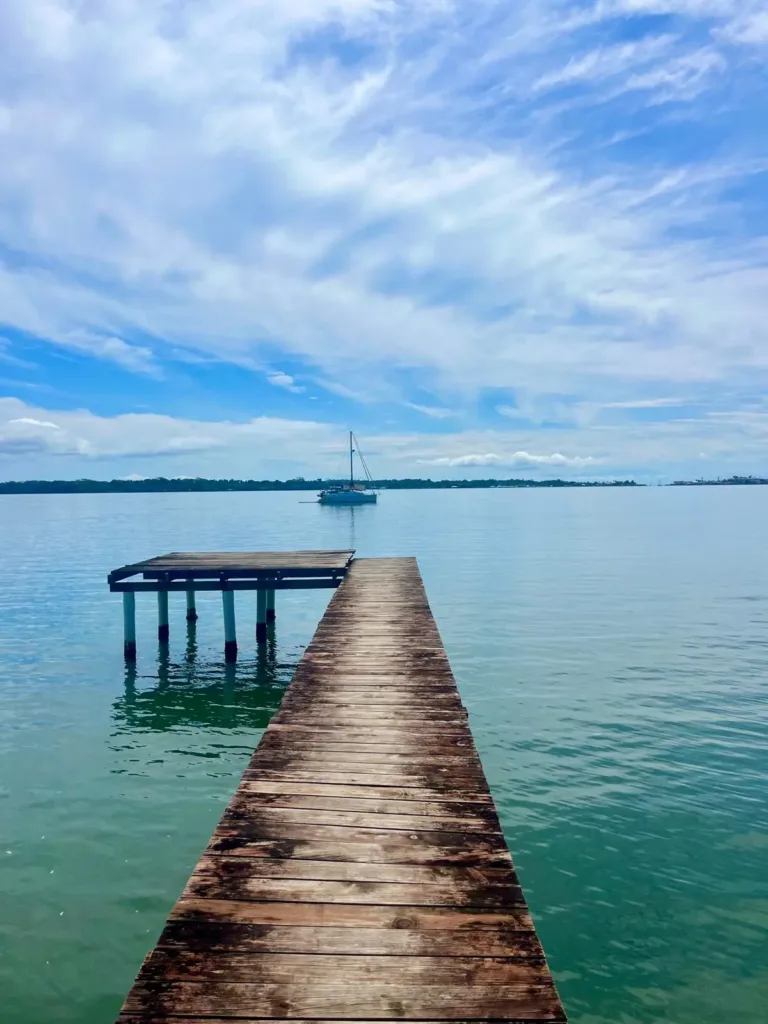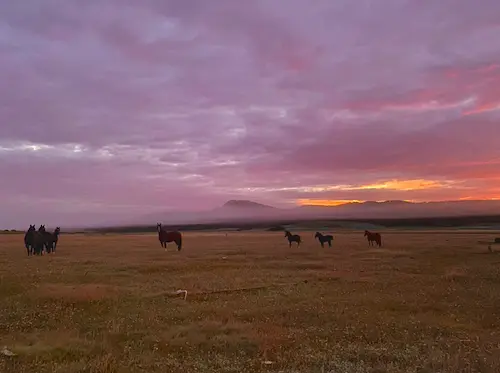Living by the “Instructions for Life” in Tanzania
“Instructions for life:
Pay attention.
Be astonished.
Tell about it.”
– Mary Oliver
These three lines capture the essence of our first week here at SFS Tanzania.
After travel odysseys from all corners of the U.S., we arrived last Monday to a whirlwind of “paying attention” to our new surroundings. First, we’ve been settling in here at Moyo Hill, a fenced camp surrounded by dusty red roads and cornfields and a short walk from the village of Rhotia. When we’re not in our bandas (dorms), students can be found eating in the dining hall, working in the classroom or library, helping out on cook crew, or relaxing in the gazebo at the center of camp.

We’ve also had to pay close attention to the Kiswahili phrases that follow us as we talk to faculty and staff, pass villagers, and interact with guest speakers. We’ve been greeted countless times by the phrase, Karibu, which means, “Welcome,” and we’ve learned to reply with Asante, to express our thanks. Then, there are many ways to start a conversation: Jambo, or, “Hello,” which we often hear from hordes of schoolchildren who high-five us and race us as we run by on the path outside the camp; and Habari, or “How are you,” to which Nzuri means we’re doing well. We’re excited to continue learning the language in Kiswahili class.

Finally, we’ve been practicing our ability to “pay attention” through the beginning of our academic courses. Summer Session I centers on a class called “Wildlife Management and Conservation,” which examines sustainable use of land and natural resources in the Lake Manyara and Tarangire National Park area to enhance the livelihood of both people and wildlife. Our time in the classroom is intermixed with field exercises in national parks, trips to local rice farms, and travelling lectures to the landscapes we’re studying. For many of us, class at SFS has called into question our familiar principles of textbook ecology and our assumptions about sustainability. The phrase “human-wildlife coexistence” takes on new weight when it means literally constructing chili-pepper-coated fences to keep the elephants out of a family’s only crop field. Innovative solutions, such as fuel-efficient stoves or biogas, are limited by their expense and the cultural difficulty of integrating new technology into local homes. In addition to exposure to real-life environmental problems, our academic work offers countless visions of solutions: schools that plant thousands of trees, large-scale irrigation systems, and professors and experts who dedicate their lives to affecting change.
The transformative nature of our academics is just one of the ways in which SFS Tanzania moves us to Mary Oliver’s second line: “Be astonished.” Countless aspects of day-to-day life leave us amazed, delighted, and open to new experiences. Many of us are blown away by the landscape here in East Africa. Our camp is located in the hills above the Tarangire-Manyara Ecosystem (TME) area. To the West, we can see what looks like mountains but is actually the lip of the Ngorongoro Crater, the world’s deepest crater, formed by a sunken volcano. The red dusty roads that wind through the hills outside camp are full of local traffic: villagers wearing vibrant skirts and shawls, herds of goats and cattle, children in school uniforms. A group of us meet at 6:30 a.m. to run before breakfast. Our early wakeup is rewarded by glimpses of pink sunrise, countless hills to climb, and the distinct smell of wood smoke from outdoor cooking fires. Other highlights that transform daily living into a practice of amazement include late-afternoon soccer matches with a local team (we’re the first to admit that their skills put us to shame) in a field that overlooks the sea-like expanse of Lake Manyara.
Nothing speaks to the phrase “Be astonished” more than our recent trip to Lake Manyara National Park. On Saturday, we piled into the camp’s Land Cruisers to spend a day rolling through forest, grassland, and lake-shore to conduct our first field exercise. Our two hours observing the behavior of baboons allowed us to see our classroom lecture on primate behavior in real life. For most of us, however, the day’s highlight came from our first glimpse of Tanzanian wildlife: giraffes, elephants, wildebeest, hippos, impala, zebras, dik-diks, and countless other animals we’d only seen in the zoo. I was nearly moved to tears by a herd of elephants that passed so close to our vehicle I could have reached out to touch them: babies playfully eating leaves, mothers concernedly shepherding their young, and an older elephant whose wrinkled eye stared straight at me and practically seemed to speak of years of joy and grief and witness. As we drove back to camp in the sunset at the end of the day, I felt like we’d finally really arrived; Tanzania is becoming home.



So what about Oliver’s last command? Our instructions don’t stop at “Pay attention” and “Be astonished.” We are called to “Tell about it.” Many of us are already struggling to find words to capture the experience of seeing this wildlife in its natural habitat in a corner of the world unlike anything we’ve experienced at home. Through the lens of environmental conservation, our ability to communicate our experience takes on special weight. How can we convey the need to fight against poaching to people who have never looked an elephant in the eye? How can we translate what we’ve learned about local solutions to resource use in order to be ambassadors of sustainability back home? Pictures can help. Writing can help. This is a question we will wrestle with throughout the rest of our time here in Tanzania and a question that will follow us home. In the meantime, we’ll practice greeting each day with astonishment and attention, making the most of the time we have left.
Related Posts

Camila Rojas: Alumni Spotlight⭐

